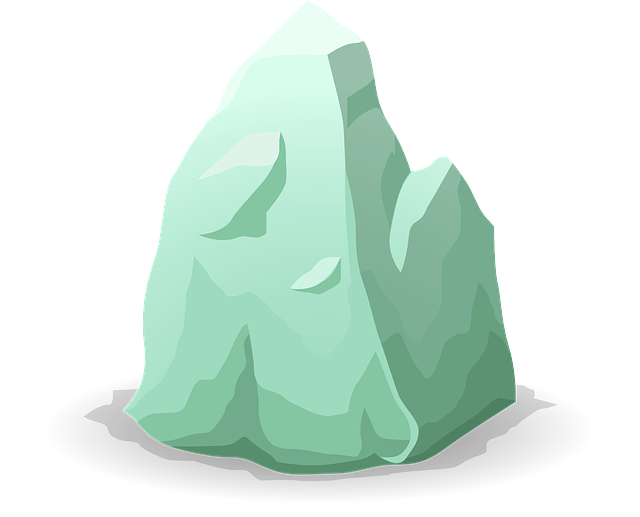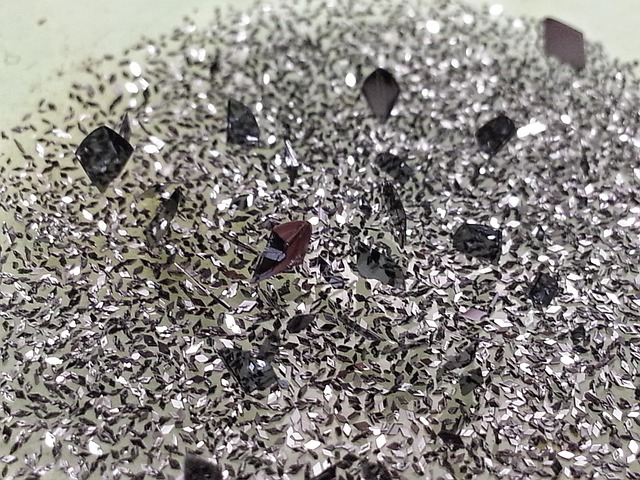A vital stage in the investigation and use of organic compounds is purification, which guarantees that the materials are devoid of contaminants that could affect their characteristics or reactions. Depending on the compound’s composition and the kind of impurities it contains, several techniques are used. The most popular purification techniques are examined below, with an emphasis on their applications and guiding principles.
Crystallization
One of the most used methods for purifying solid organic molecules is crystallization. It is based on the idea that most solids dissolve more readily in a solvent at higher temperatures than at lower ones. The procedure requires:
Dissolving the Compound: At a high temperature, the impure compound is dissolved in the proper solvent.
Cooling: Since the impurities usually stay dissolved, the solution is then cooled, allowing the pure chemical to crystallize out.
.
Methods of Purification of Organic Compounds
Filtration:
After being separated by filtration, the crystals are dried. When the contaminants are either highly soluble in the solvent at low temperatures or insoluble at high temperatures, this approach works especially well.

Steam distillation:-
This method is used to separate substances which are steam volatile, immiscible with water, possess a vapour pressure of 10-13 mm Hg at 273 K and contain non-volatile impurities. Application- Aniline is separated from this method from aniline water mixture. Essential oils, turpentine oils, 0- nitrophenol, bromobenzene, nitrobenzene, etc. can be purified.

Differential extraction:-
By shaking an aqueous solution of an organic compound with an organic solvent in which the organic compound is more soluble than in water. The organic solvent and the aqueous solution should be immiscible with each other so that they can form two distinct layers which can be separated by using separating funnel. Application- Benzoic acid can be extracted from its aqueous solution using benzene.
Distillation
A method for purifying liquids based on variations in their boiling points called distillation. Different kinds of distillation exist, including: Liquids notably differs boiling points can be separated using simple distillation.
Fractional distillation is a process used to separate liquid mixtures with similar boiling points. The use of a fractionating column improves separation. Compounds that break down at high temperatures are suited for vacuum distillation, which lowers the boiling point by decreasing pressure. Essential oils and other heat-sensitive substances that are insoluble in water are subjected to steam distillation
Distillation is commonly employed in laboratories and industry for purifying organic solvents, oils, and other volatile liquids.
Sublimation
Solids that can go straight from a solid to a gaseous state without going through a liquid phase are purified by sublimation. This technique works especially well with substances like iodine, camphor, and naphthalene. The impure compound is heated until it turns into vapor, and then it is cooled to produce the purified material. If an impurity doesn’t sublimate, it stays as residue.

Extraction
Compounds are separated during extraction according to how differently soluble they are in two immiscible solvents. This technique works especially well for removing organic components from mixes.
Typical forms of extraction include: The process of moving a chemical from one solvent to another where it is more soluble is known as liquid-liquid extraction.
Solid-Liquid Extraction: A solvent is used to extract a solid component.Using Soxhlet apparatus for solid-liquid extractions or separating funnels for liquid-liquid extractions frequently improves this technique
Chromatography
Chromatography is a flexible technique that uses the distribution of a stationary phase and a mobile phase to separate and purify substances. Chromatography types are: Small amounts of chemicals can be separated using paper chromatography.